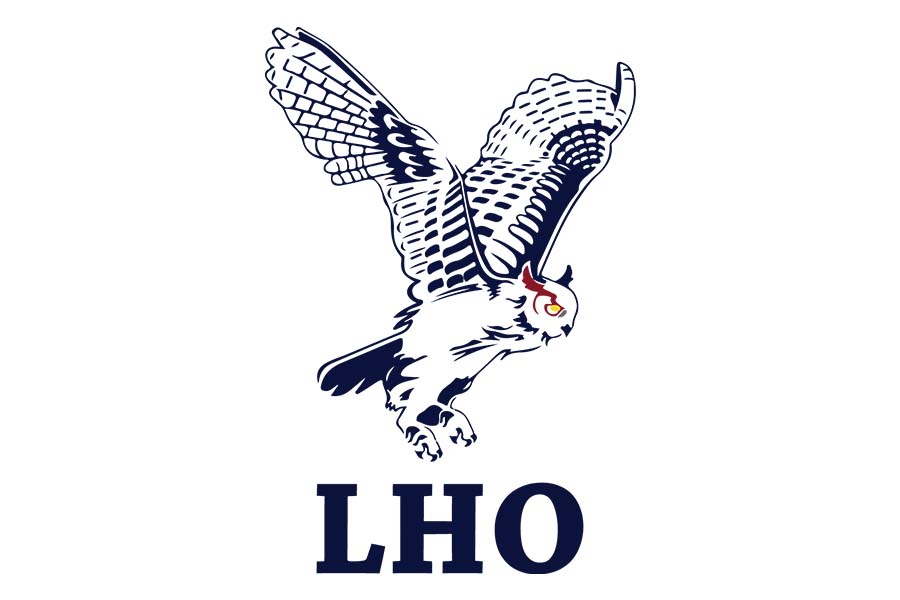Mini battery-powered Unmanned Aerial Vehicles (UAVs) come in all shapes and sizes and have become ubiquitous in both the private and public sectors. They’re used for a wide variety of activities and missions, including recreation, commerce, intelligence gathering, and warfighting.
However, while UAVs provide great enjoyment and utility, they also come with an unfortunate limitation—they tend to be somewhat noisy and have limited flight times. While this is less of an issue for recreational and commercial UAVs, for the military and intelligence community, it’s a real problem. Because to be effective, UAVs need to be operationally quiet, with extended flight times, and optimized for performance under a wider variety of environmental conditions.
This is why the Intelligence Advanced Research Projects Activity (IARPA) launched the Little Horned Owl (LHO) program in 2018. The LHO program’s goal was to develop ultra-quiet mini-UAVs (defined as having a take-off weight of 55 pounds or less) to further enable critical intelligence and military missions and meet Federal Aviation Administration-defined requirements for mini-UAV operations.
To judge whether LHO was meeting its objectives, IARPA used rigorous program metrics that focused on acoustic output, aircraft weight, and endurance. LHO, which closed in 2023, made great progress in meeting its goals.
Two performer teams from NG and Boeing were evaluated against IARPA's program metrics. While both teams exceeded what many people thought could be achieved, the Boeing team prevailed by surpassing most program metrics. Lessons learned during the program overall will likely inform future UAV research investments across the government.
One feature IARPA and Boeing hope to further improve is battery endurance, as the battery technology produced by IARPA’s RESILIENCE program could drastically improve performance over the battery initially used by LHO.
Still, Boeing was able to successfully develop four mini-UAVs, which each have a flight radius of 25 miles, with 30 minutes time-on-station, and can carry a payload of 10 pounds. And, crucially, each design will be available for transition to government users.
“I’m very pleased with the progress we’ve made,” said LHO Program Manager, Dr. Alexis Truitt. “Moreover, with the improved battery life that RESILIENCE will offer, I’m confident LHO will be able to offer mini-UAV capability that is unmatched in silent flight and flight time capability.”
IARPA partnered with a number of testing and evaluation teams to independently assess LHO’s progress. This included: U.S. Air Force Research Lab; U.S. Air Force Test Center Aero-acoustic Research Complex at White Sands Missile Range; U.S. Naval Surface Warfare Center; and U.S. Naval Air Warfare Weapons Division-China Lake.
“How LHO technology will be employed is up to each government transition partner, but it’s clear we’ve developed state-of-the-art UAV technology that will enhance our partners’ capabilities,” Dr. Truitt said. “This is precisely what was intended and epitomizes IARPA’s high-risk, high-payoff ethos.”

